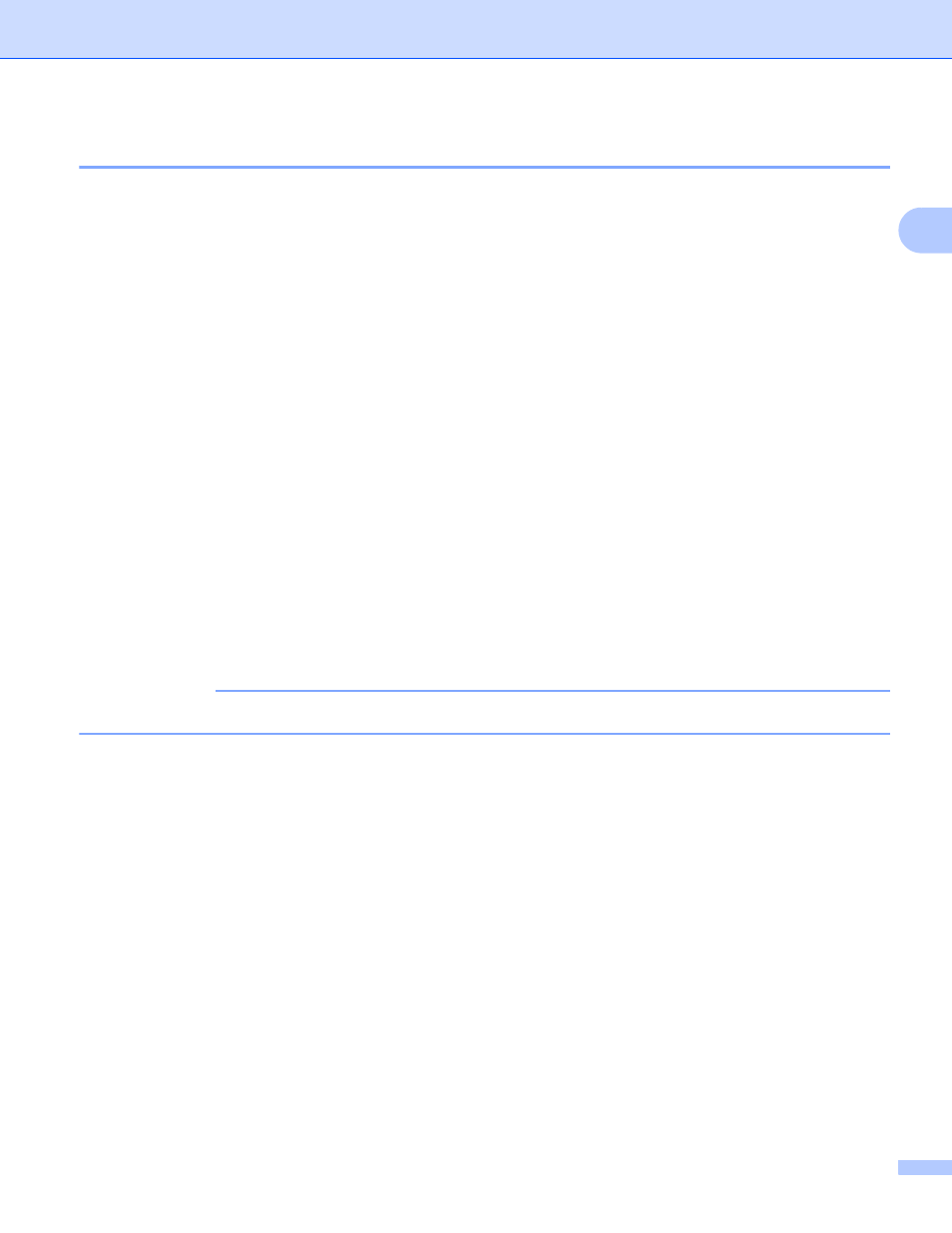Scanning a mixed batch, 2scanning a mixed batch, Important – Brother ADS-2400N User Manual
Page 72

Document Specifications
56
2
Scanning a Mixed Batch
2
Check the following conditions when scanning a batch of documents with different paper weights, friction
coefficients, or sizes.
Test a few sheets first to check if the documents can be scanned.
Paper direction
Align the direction of the paper fiber with the feed direction.
Paper weight
Use the following paper weights: 11 to 110 lb (40 to 413 g/m
2
)
Friction coefficient
We recommend using the same type of paper from the same manufacturer.
Mixing paper from different manufacturers and brands affects the feeding performance as the difference
in the friction coefficient increases.
We recommend using the following friction coefficients: 0.35 to 0.60 (reference value for paper friction
coefficient)
Document position
Use paper sizes that fit the 1.54 in. (39 mm) width of the center Pick Up Roller.
Paper size
When scanning a mixed batch of different paper sizes, the documents are more likely to skew while
feeding because the paper guides do not touch every sheet. Scanned images may have missing portions
and document jams may occur.
IMPORTANT
Check the scanned images to make sure they are straight and complete.
Documents that cannot be scanned in a mixed batch
The following types of documents cannot be mixed in the same batch:
• Carbonless paper
• Bond paper
• Perforated documents
• Thermal paper
• Carbon-backed paper
• OHP film
• Tracing paper
• Synthetic paper
• Bent or damaged documents
• Thin paper (less than 40g/m
2
)